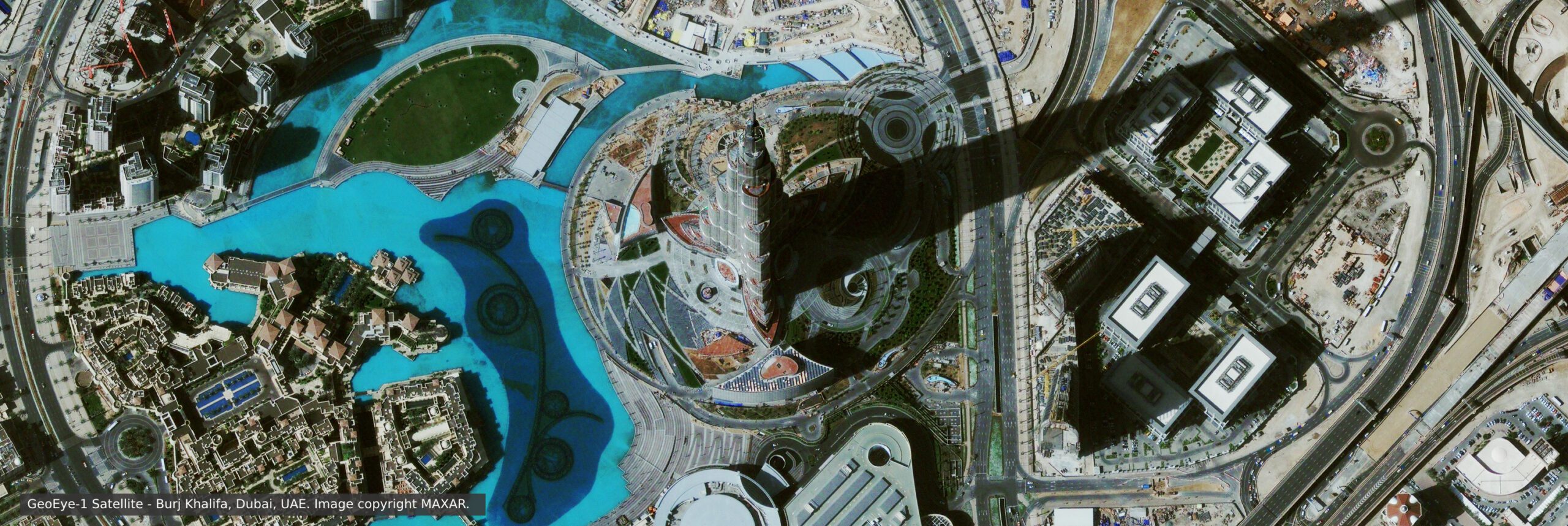Satellite Maps and AI for Wildlife Conservation
Satellite, aerial, and UAV remote sensing technology and artificial intelligence (AI) can support scientists and conservationists to identify, track, monitor, and access wildlife in the most remote areas around the world, including marine habitats. Satellite remote sensing and AI technology have benefited wildlife conservation efforts by utilizing these technologies to protect National Parks and aid in improving the way endangered wildlife are being monitored in their natural environments. These technologies offer the advantage to see what is happening on the ground and in wildlife habitats by using temporal comparisons of multispectral satellite imagery and AI data to detect wildlife habitats in need of protection and conservation. Multispectral satellite imagery produced from satellite sensors can provide up to 30cm panchromatic, 1.20-meter 8-band multispectral, and 3.7-m short wave infrared (SWIR) resolution to help detect sensitive areas with precise details.
WorldView-3 Satellite Image (30cm) Wildlife Monitoring
Caribou Herd Migration – North Slope of Alaska
Click the image to view the animation.
Copyright © MAXAR/Processed by Satellite Imaging Corporation. All rights reserved.
Satellite images allow scientists and conservationists to estimate patterns and rates of deforestation in and around protected areas using multispectral band combinations to produce satellite maps for the various vegetation indices. Vegetation indices such as the Normalized Difference Vegetation Index (NDVI), SAVI, RESAVI, and green vegetation index maps are detailed images that give an absolute measure of the amount of vegetation present in wildlife habitats. These maps show the integrated result of environmental, physical, and natural factors affecting wildlife habitats. With calibrated data, you can routinely and quantitatively assess species count, status, and variation across habitats.
Satellite images, GIS, and AI can collect data for integration, analysis, modeling, and satellite map production for wildlife migration, habitat mapping, and conservation activities. With the use of GPS tracking collars and camera traps, wildlife researchers, and conservationists can collect baseline data, daily movements, and behavioral data that can provide critical information on the location of species.
WorldView-2 2m 8-Band Multispectral Satellite Imagery
United Arab Emirates – Wildlife Conservation – Marine Habitat – Detection and Monitoring Dugongs
Copyright © MAXAR/Processed by Satellite Imaging Corporation. All rights reserved



